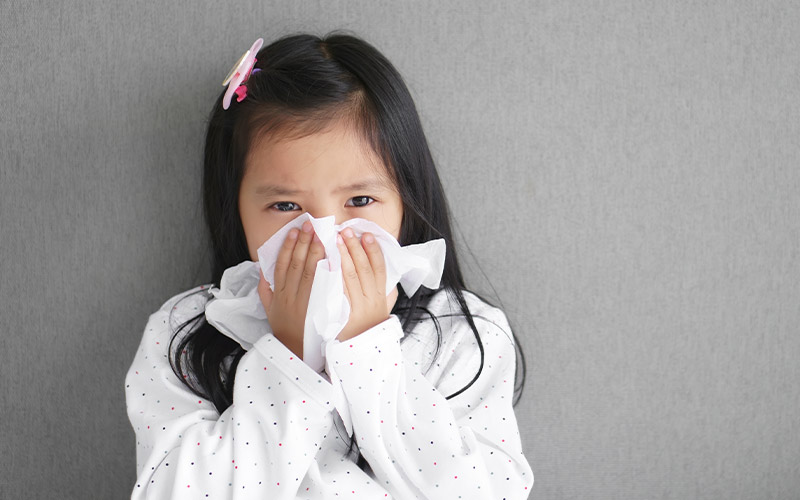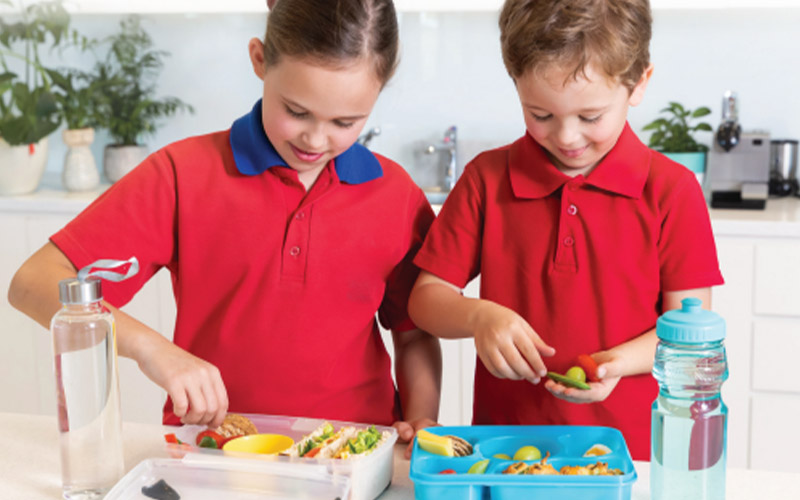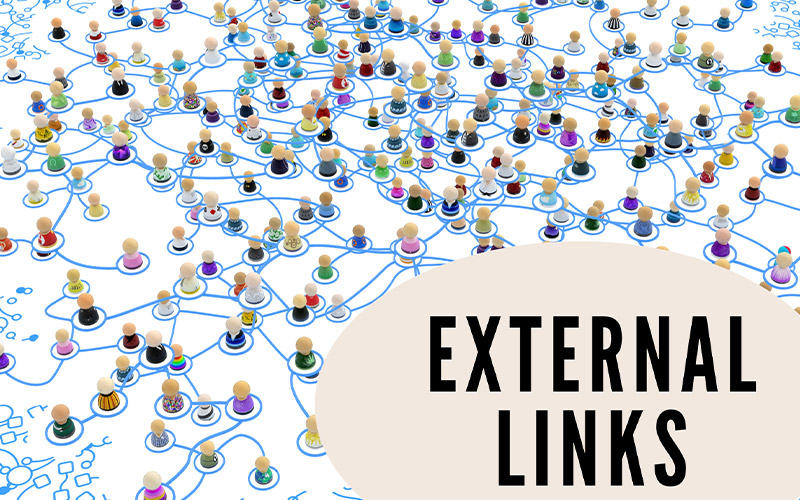Parents and carers are often called the ‘nutritional gatekeepers’ in the home, meaning that they hold the biggest food influence on the lives of their children and also their partners. For some, food preparation can be an onerous task that seems never ending. In this section of our website you will find many useful tips and general ideas that can make the task easier and help you to ensure all the members of your household are receiving the best possible nutrition.





